In today’s digital landscape, consumers are inundated with content from every direction. Businesses that stand out are those that understand their audience and deliver personalised experiences. Personalisation has transformed from a marketing luxury to a necessity, helping brands build stronger relationships with their customers while driving higher conversion rates. We explore the power of personalised content and how it can be leveraged to improve engagement, trust, and sales.
As competition intensifies across digital platforms, customers have come to expect highly tailored experiences. Generic messaging no longer resonates in the same way it once did, making personalisation a critical component of any successful marketing strategy. When businesses can anticipate and respond to individual customer needs, they create a more compelling and valuable experience.
Understanding Personalisation in Marketing
Personalisation in marketing refers to the process of tailoring content, products, and experiences to individual users based on their preferences, behaviour, and demographics. It involves leveraging data and technology to create relevant messaging that resonates with the audience. The more brands know about their customers, the more effectively they can deliver experiences that align with their expectations.
Key Elements of Personalised Content:
- Customer Segmentation: Grouping users based on interests, behaviours, and purchase history. This segmentation allows businesses to craft messages that speak directly to each audience segment.
- Dynamic Content: Adjusting website, email, or ad content dynamically to fit the user’s preferences. For example, e-commerce sites often showcase different products to different users based on past searches and purchases.
- Behavioural Targeting: Using browsing history and past interactions to deliver relevant recommendations. When customers see suggestions based on their interests, they are more likely to engage and convert.
- AI and Machine Learning: Leveraging advanced technologies to predict user preferences and deliver customised experiences. These tools allow businesses to refine their strategies in real-time and adapt to evolving consumer behaviour.
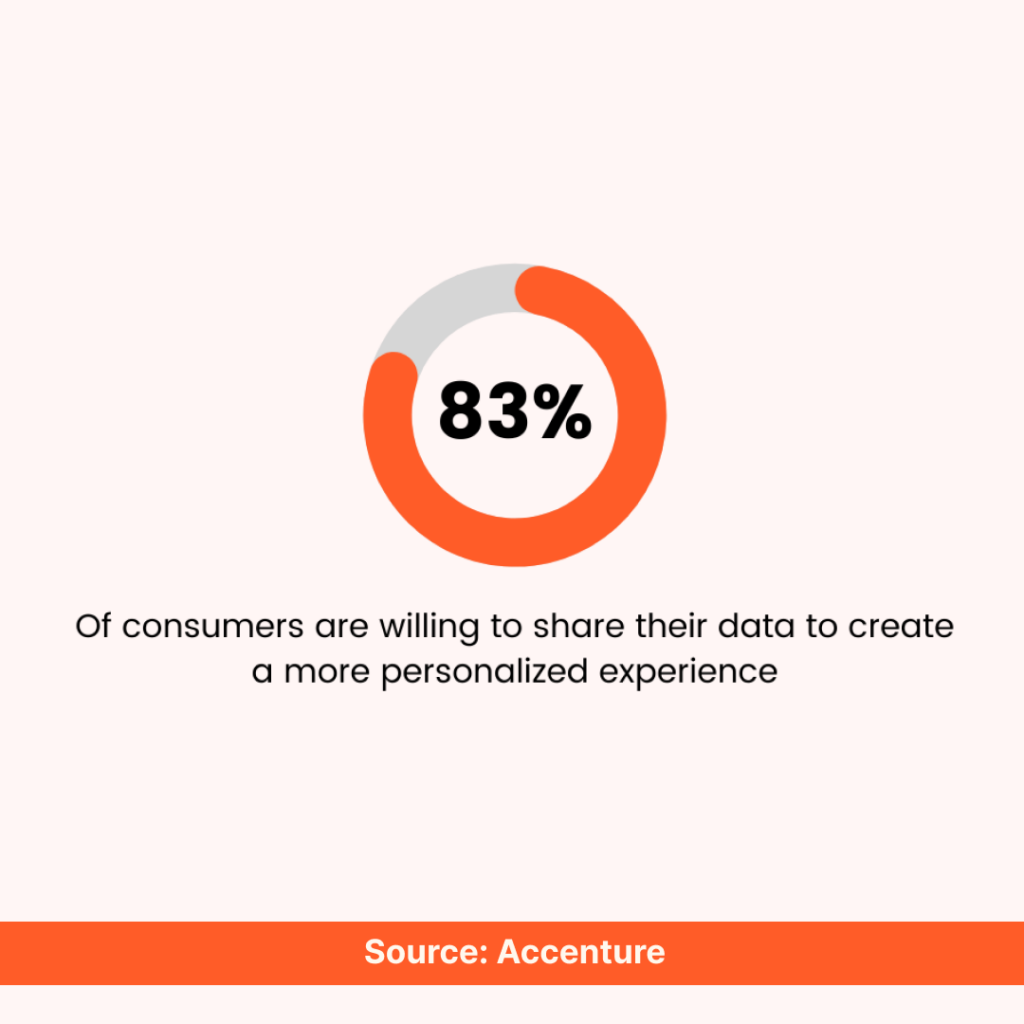
Why Personalised Content Drives Higher Conversions
1. Improved Customer Experience
Personalisation creates a seamless and engaging experience for customers. When users feel that content is tailored to their needs, they are more likely to stay on a website, engage with emails, and make purchases. This experience fosters a sense of belonging and appreciation, increasing customer satisfaction and loyalty.
2. Higher Engagement Rates
Studies show that personalised emails and recommendations significantly increase open rates and click-through rates. When content aligns with a user’s interests, they are more likely to interact with it. Personalised video content, interactive quizzes, and product recommendations based on browsing history can all contribute to higher engagement levels.
3. Increased Customer Loyalty and Trust
Customers appreciate brands that understand them. Providing relevant recommendations and offers builds trust and encourages repeat business. A strong relationship with customers leads to word-of-mouth marketing, as satisfied consumers are more likely to recommend a brand to their friends and family.
4. Better ROI on Marketing Campaigns
Rather than using a one-size-fits-all approach, personalised content ensures that marketing efforts reach the right audience, leading to improved conversion rates and better returns on investment. By analysing customer data, brands can make informed decisions on where to allocate resources for maximum impact.
5. Reduced Cart Abandonment
Tailored product recommendations, abandoned cart emails, and customised offers can encourage customers to complete their purchases, reducing cart abandonment rates. For instance, an email reminder that includes a discount on a previously viewed product can be the final push a customer needs to complete the purchase.
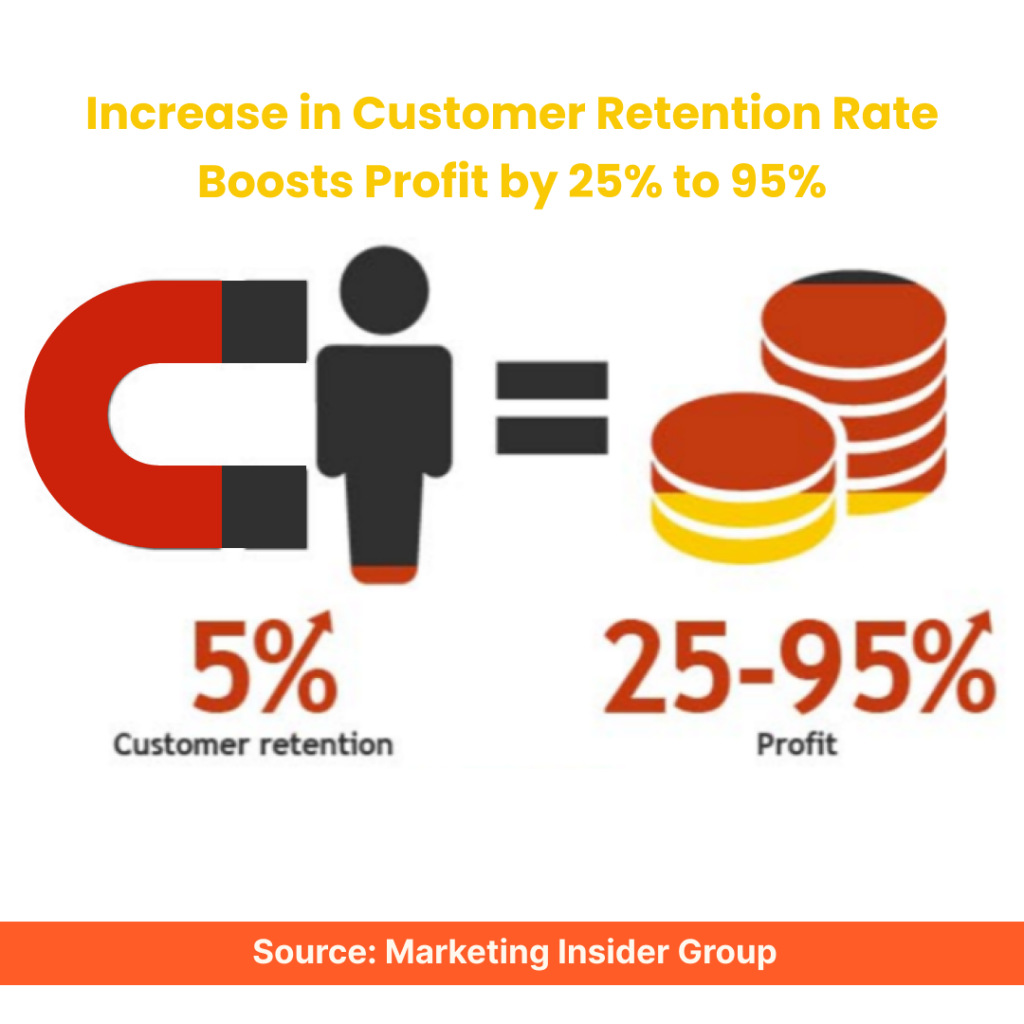
How to Implement Personalisation in Your Content Strategy
1. Collect and Analyse Customer Data
Understanding your audience is the foundation of personalisation. Use analytics tools, customer surveys, and user feedback to gather insights about your customers’ preferences and behaviours. The more data you collect, the more precise your personalisation efforts can be.
2. Leverage AI and Automation
Utilise AI-driven tools to analyse user behaviour and predict preferences. Automation tools can help deliver dynamic content tailored to individual users across different platforms. These technologies allow for real-time adjustments and ensure that marketing efforts are always relevant.
3. Create Dynamic and Segmented Content
Develop content that adapts to different customer segments. This can include personalised emails, tailored product recommendations, and location-based offers. Creating multiple variations of content ensures that users receive the most relevant messaging possible.
4. Utilise Retargeting Strategies
Use retargeting ads to reconnect with users who have shown interest in your products or services but haven’t converted yet. Personalised retargeting can remind them of what they were interested in. For example, an ad that features an abandoned product in a customer’s cart can reignite their interest and lead to a purchase.
5. Test and Optimise Personalisation Efforts
A/B testing is essential to refine personalised campaigns. Monitor key metrics such as engagement, conversion rates, and customer feedback to make data-driven improvements. Regularly updating and refining strategies ensures that personalisation efforts remain effective and aligned with evolving customer preferences.
Real-World Examples of Successful Personalisation
Amazon
Amazon’s recommendation engine uses past purchases, browsing history, and user behaviour to suggest products, resulting in a significant portion of their revenue coming from personalised recommendations. Their “Customers who bought this also bought” feature is a prime example of how effective personalisation can be in increasing sales.
Netflix
Netflix personalises content recommendations based on viewing history, ensuring that users receive relevant suggestions, which keeps them engaged and reduces churn. Their algorithm-driven suggestions make the platform feel uniquely tailored to each user, keeping them subscribed for longer periods.
Spotify
Spotify’s personalised playlists, such as “Discover Weekly,” use listening habits to curate a unique experience, increasing user retention and engagement. The more a user interacts with the platform, the better their recommendations become, reinforcing continued use and satisfaction.
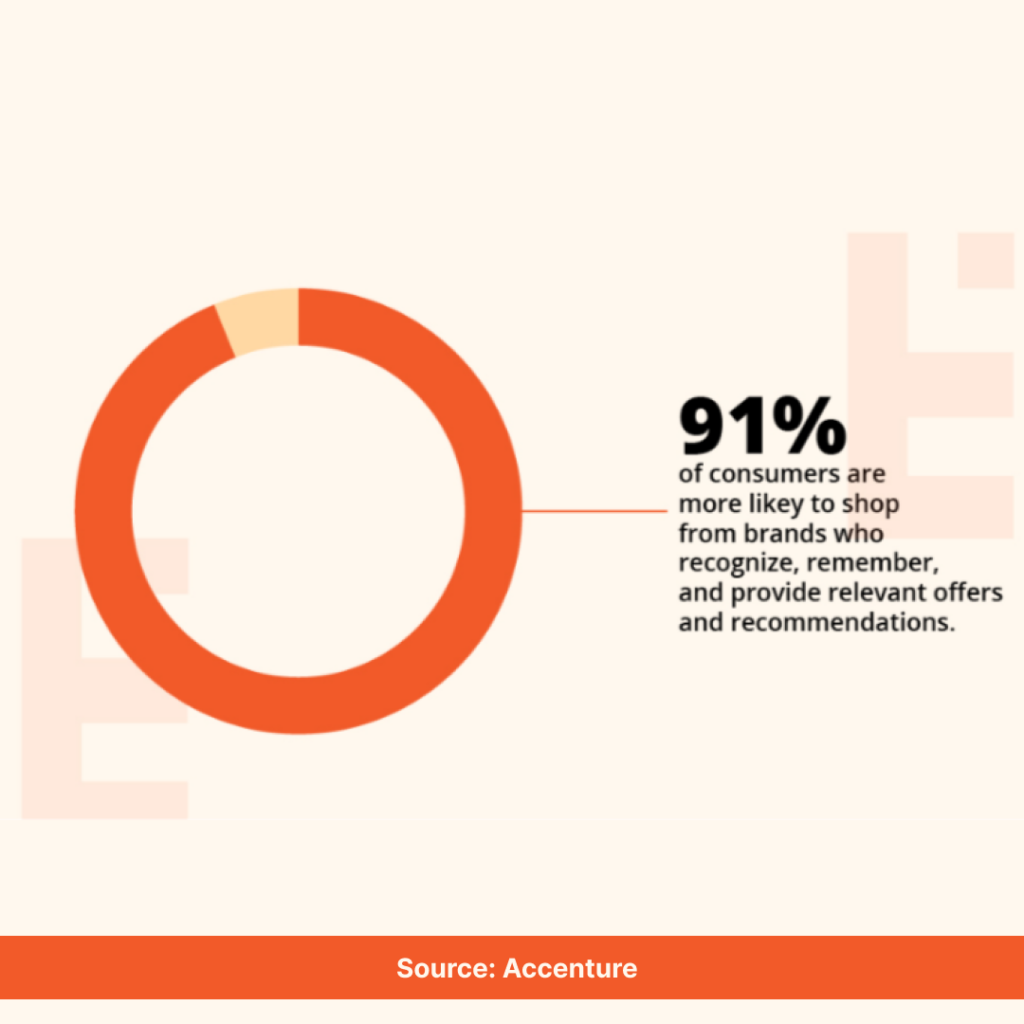
The Role of Personalisation in B2B vs. B2C Marketing
While personalisation is crucial in both B2B and B2C marketing, the approaches differ significantly due to variations in customer behavior, decision-making processes, and sales cycles.
- B2C Personalisation: This focuses on immediate consumer needs, leveraging real-time product recommendations, email campaigns, and targeted ads based on browsing history and past purchases. E-commerce platforms like Amazon and streaming services like Netflix excel at B2C personalisation, using AI algorithms to suggest content or products tailored to individual preferences.
- B2B Personalisation: In contrast, B2B marketing involves longer sales cycles, multiple decision-makers, and a strong emphasis on relationship-building. Account-Based Marketing (ABM) is a common strategy, where content is tailored to specific companies or even individual decision-makers within an organisation. B2B personalisation often includes custom whitepapers, personalised email sequences, and industry-specific solutions.
Understanding these differences helps companies refine their strategies and implement the right type of personalisation for their audience, ensuring that content resonates effectively.
Overcoming Challenges in Personalised Marketing
Despite its many advantages, personalisation also comes with challenges that businesses must navigate carefully.
- Data Privacy and Compliance: With increasing concerns about data privacy, companies must comply with regulations such as GDPR and CCPA. Businesses need to ensure that customer data is collected transparently and securely, with clear opt-in options for users.
- Integration with Existing Systems: Many companies struggle with integrating personalisation into their existing marketing stack. Ensuring that Customer Relationship Management (CRM) systems, AI tools, and analytics platforms work seamlessly together is key to a successful strategy.
- Maintaining Accuracy: AI-driven personalisation relies on data quality. If customer data is outdated or incorrect, recommendations can become irrelevant, leading to a poor user experience. Regular data audits and AI fine-tuning are necessary to maintain relevance.
Addressing these challenges proactively allows businesses to build trust while delivering highly effective personalised experiences.
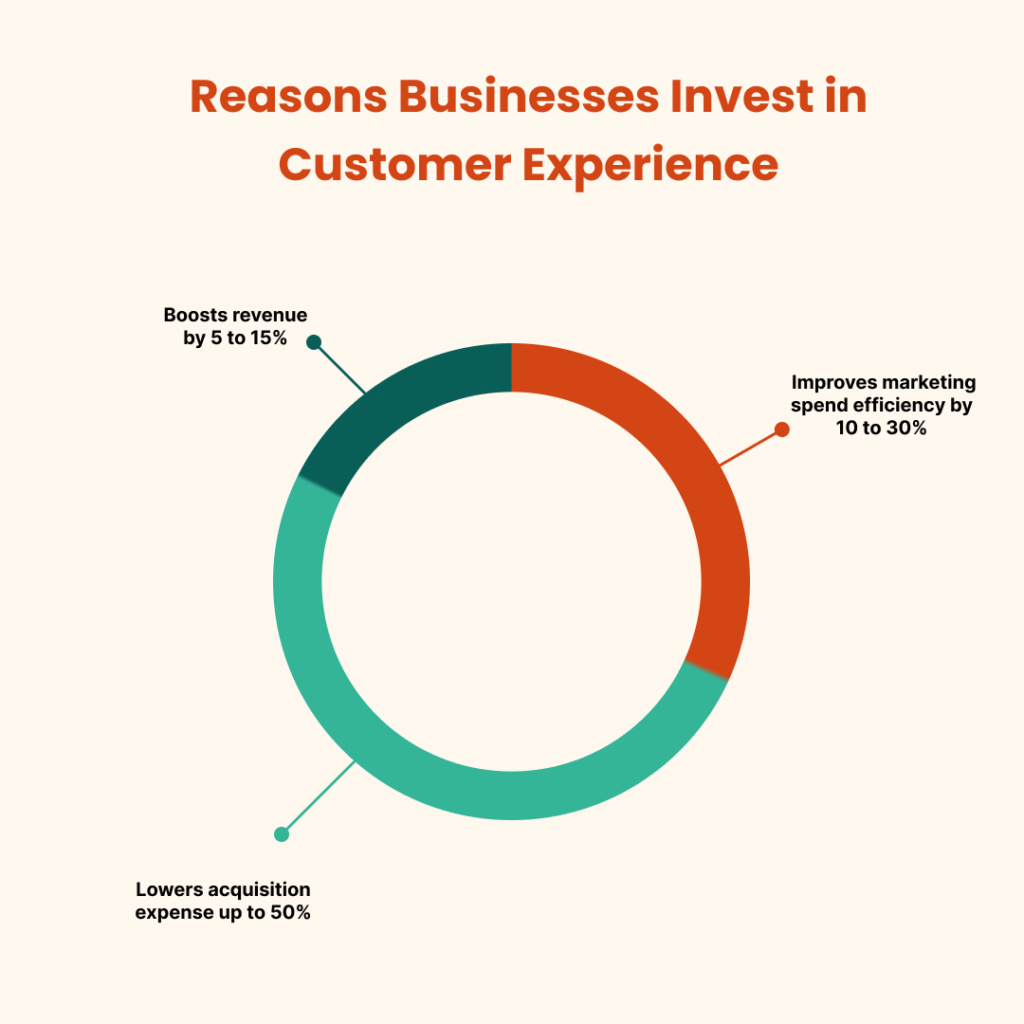
The Future of Personalised Content
As technology advances, personalisation is evolving beyond simple recommendations into real-time, adaptive content experiences.
- Hyper-Personalisation: AI and machine learning are making it possible to create content tailored to micro-segments or even individuals in real time. For instance, AI-driven chatbots can adjust responses based on user interactions, providing a more human-like and responsive experience.
- Voice AI and Smart Assistants: The rise of voice search and smart assistants like Alexa, Siri, and Google Assistant is pushing brands to create more personalised, conversational interactions. Future personalisation will involve predictive voice responses based on past queries.
- Augmented Reality (AR) and Virtual Reality (VR) Integration: Brands are beginning to personalise AR and VR experiences, allowing users to see how products will look in their space before purchasing, further enhancing engagement and conversions.
By staying ahead of these trends, businesses can create innovative experiences that captivate customers and boost conversions.
Psychological Impact of Personalisation on Consumer Behavior
Personalisation taps into core psychological triggers that influence consumer decisions, making marketing efforts more effective.
- The Mere-Exposure Effect: Consumers tend to develop a preference for things they are repeatedly exposed to. By consistently presenting personalised recommendations, brands can build familiarity and trust, increasing the likelihood of conversions.
- The Scarcity Principle: When people perceive something as exclusive or limited, they are more inclined to act quickly. Personalised messaging that highlights limited stock, one-time offers, or VIP access can create a sense of urgency and boost sales.
- Reciprocity in Marketing: When brands provide relevant and valuable personalised experiences, customers feel a sense of reciprocity, making them more likely to engage, purchase, and remain loyal.
By leveraging these psychological triggers, brands can craft personalised experiences that not only attract but also retain customers.
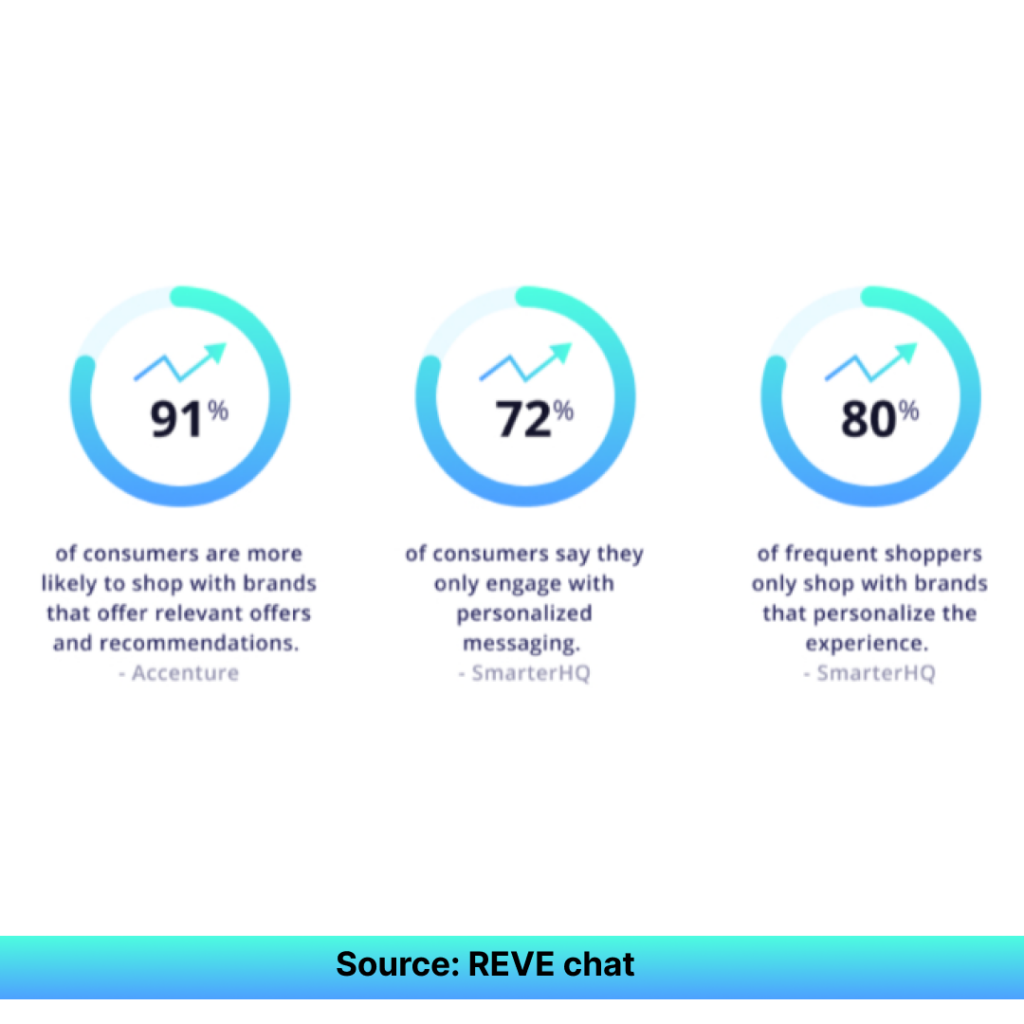
Personalisation in Email Marketing: A Game-Changer
Email marketing remains one of the most effective channels for personalisation, with strategies that significantly enhance engagement.
- Dynamic Content: Advanced email marketing platforms enable marketers to insert dynamic content blocks that change based on the recipient’s past interactions, preferences, and demographics.
- Behaviour-Based Triggers: Automated email sequences based on user actions, such as abandoned cart emails, purchase anniversaries, or re-engagement campaigns, help keep the audience engaged.
- Predictive Content Recommendations: AI can analyse past interactions to determine what kind of content, products, or offers a recipient is most likely to respond to, leading to more effective email campaigns.
Well-executed email personalisation increases open rates, reduces unsubscribes, and ultimately drives more conversions.
How Personalised Content Enhances SEO and Organic Reach
Search engines prioritise user experience, and personalised content can contribute to better search rankings by improving engagement metrics.
- Lower Bounce Rates: When users find content tailored to their needs, they are more likely to stay on the page longer, reducing bounce rates and signaling to search engines that the page is valuable.
- Higher Click-Through Rates (CTR): Personalised meta titles, descriptions, and recommendations in search engine results pages (SERPs) encourage users to click, increasing organic traffic.
- Voice Search Optimisation: With the rise of AI-powered voice assistants, personalisation can play a role in tailoring responses based on previous interactions, making it more likely that a brand appears in voice search results.
By leveraging personalisation in content strategy, businesses can improve SEO rankings while delivering a superior user experience.
Using AI and Big Data to Scale Personalisation Efforts
AI and big data have revolutionised personalisation, allowing businesses to create highly targeted experiences at scale.
- Machine Learning Algorithms: These algorithms analyse user behavior patterns to predict what content or products a customer is likely to be interested in next.
- Chatbots and AI-Powered Assistants: These tools provide personalised interactions based on user history, helping businesses engage customers 24/7 without human intervention.
- Real-Time Personalisation: AI can adjust website content dynamically based on a visitor’s location, browsing history, and preferences, creating a unique experience for each user.
By embracing AI-driven personalisation, companies can efficiently cater to a large audience while maintaining a high level of relevance.
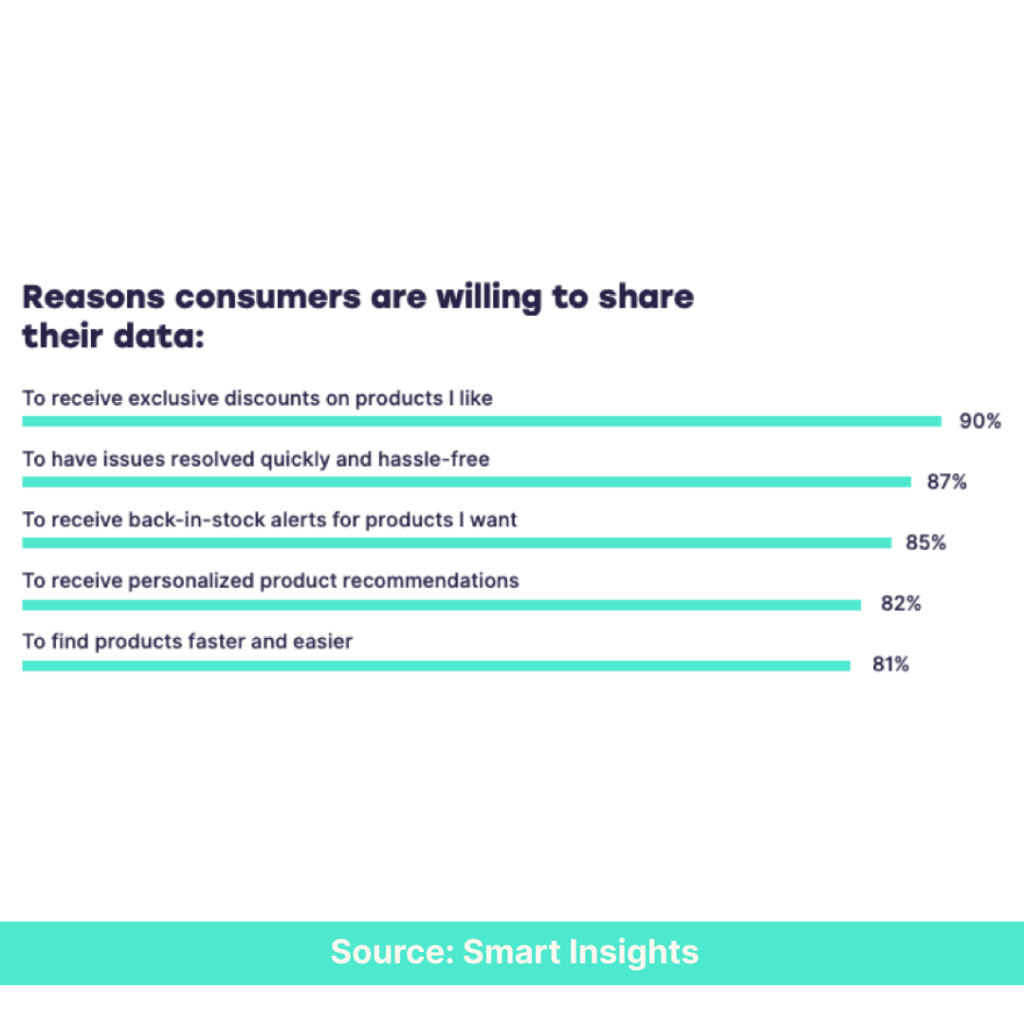
Measuring the Success of Personalisation Strategies
To assess the impact of personalisation, businesses should track specific key performance indicators (KPIs).
- Conversion Rates: Analyse whether personalised recommendations and tailored content are driving more purchases or sign-ups.
- Customer Retention: Measure the effect of personalisation on customer loyalty and repeat purchases.
- Engagement Metrics: Monitor click-through rates, time on site, and interactions with personalised content to gauge effectiveness.
- Revenue Impact: Track how much personalised strategies contribute to upselling, cross-selling, and overall sales growth.
Continuous A/B testing and data analysis help refine personalisation efforts, ensuring long-term success.
Embracing Personalisation for Long-Term Success
Personalisation is no longer an option—it’s a necessity for businesses that want to stay ahead. By tailoring content to individual user preferences, brands can create meaningful experiences, build trust, and ultimately drive higher conversions. Investing in personalised content strategies will not only enhance customer engagement but also maximise marketing effectiveness, leading to long-term success.
Are you ready to leverage personalisation for better conversions? Start by understanding your audience, utilising AI-driven tools, and delivering dynamic content that speaks directly to your customers. The more relevant and engaging your content is, the more likely you are to build lasting customer relationships and achieve significant growth.



Recent Comments